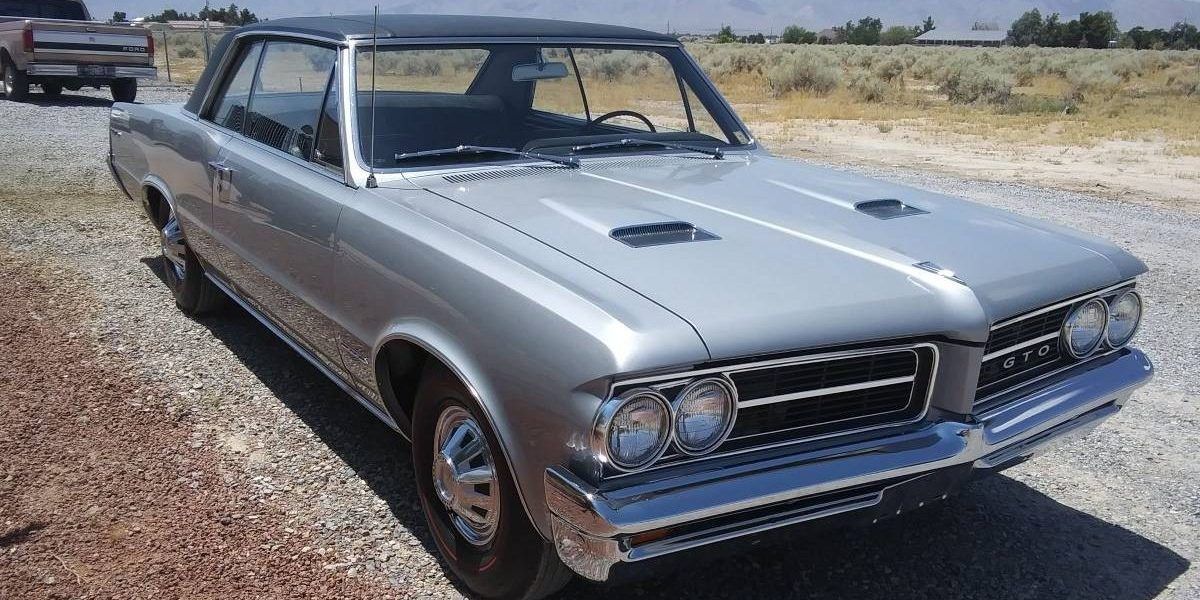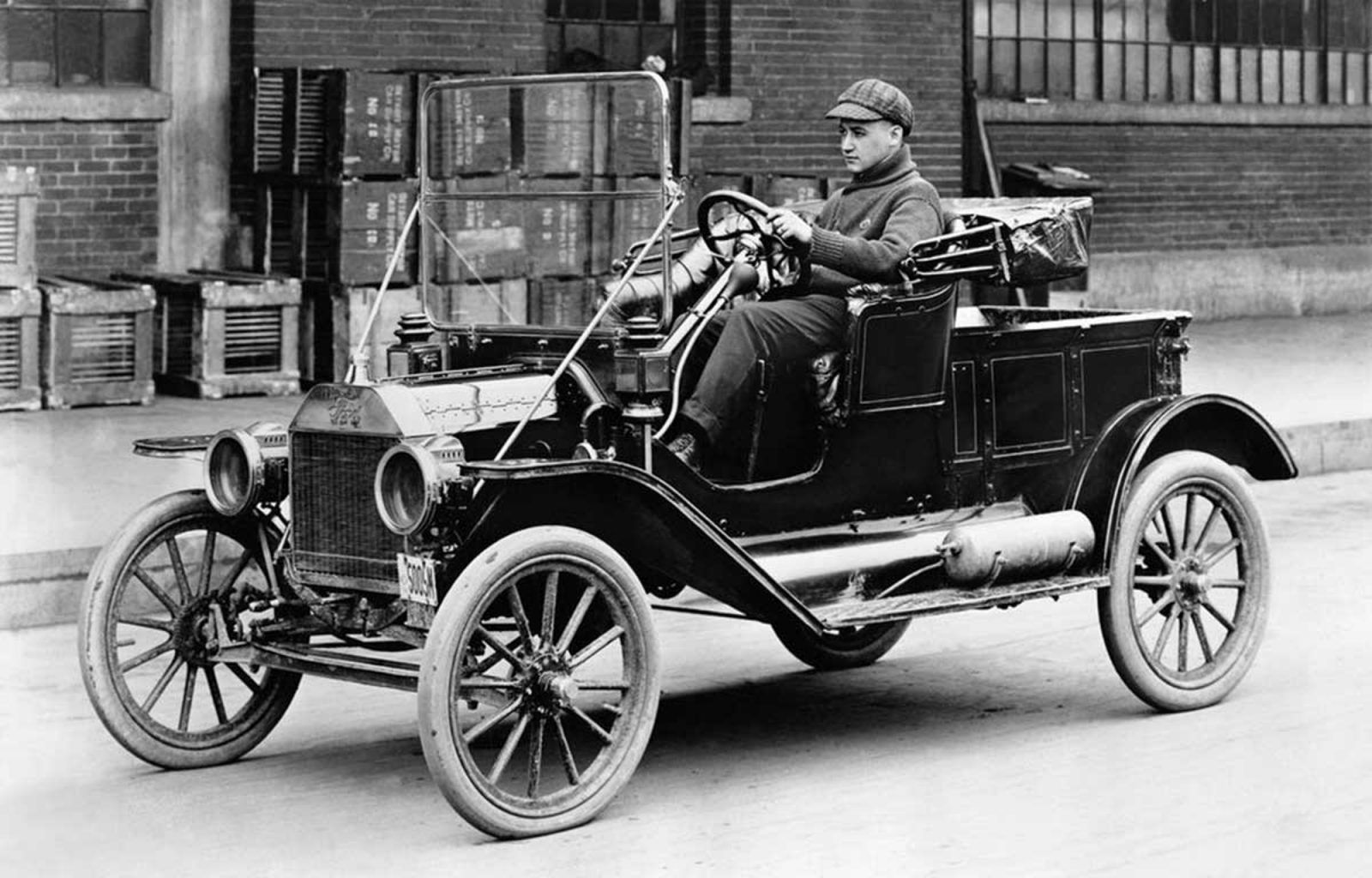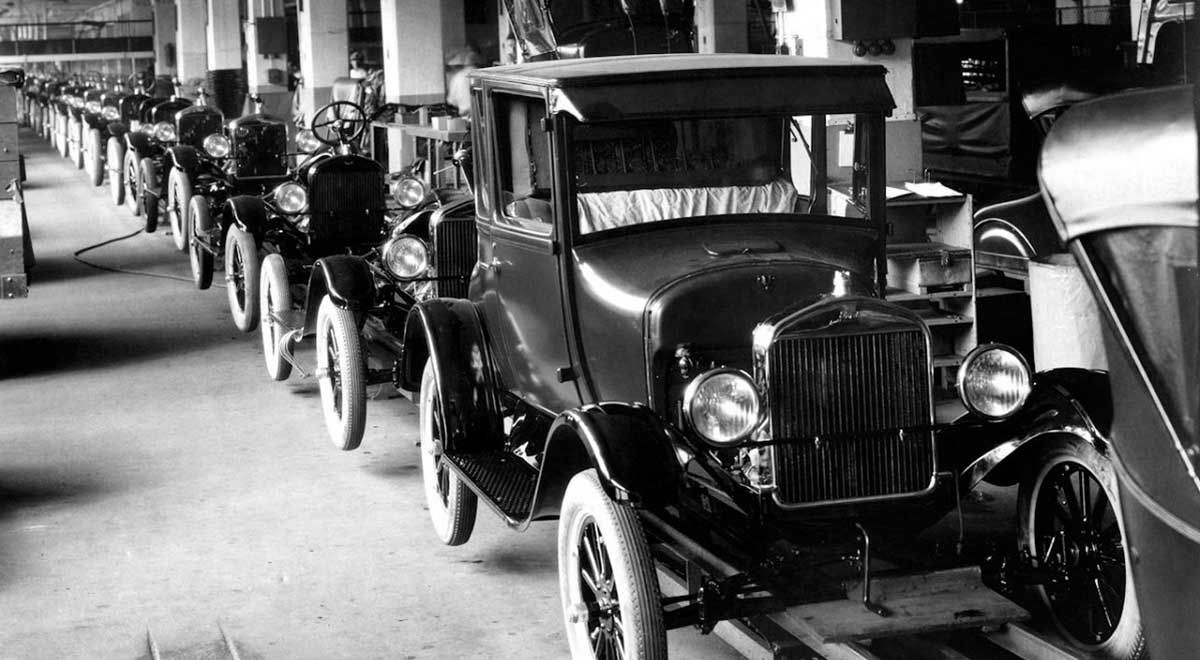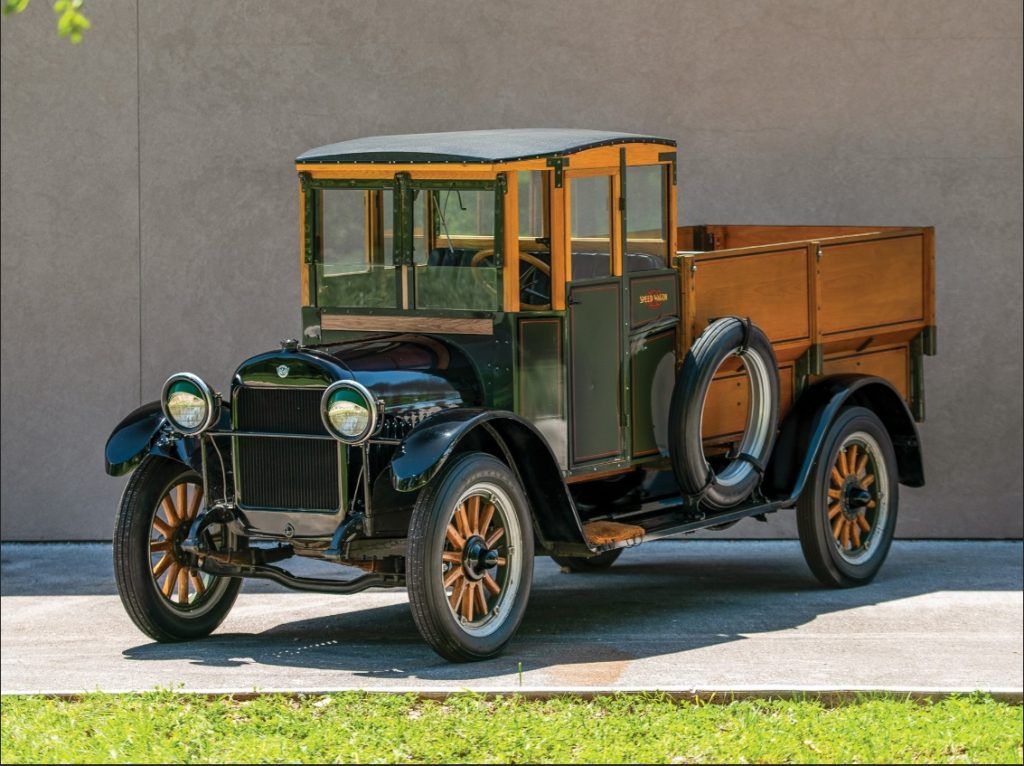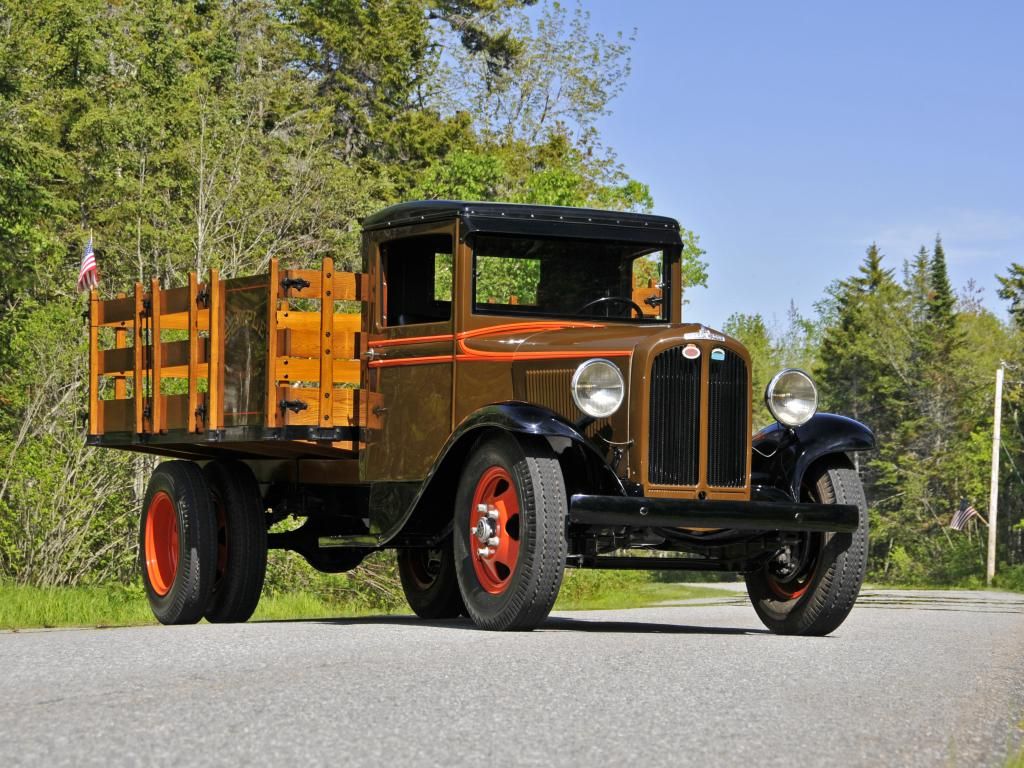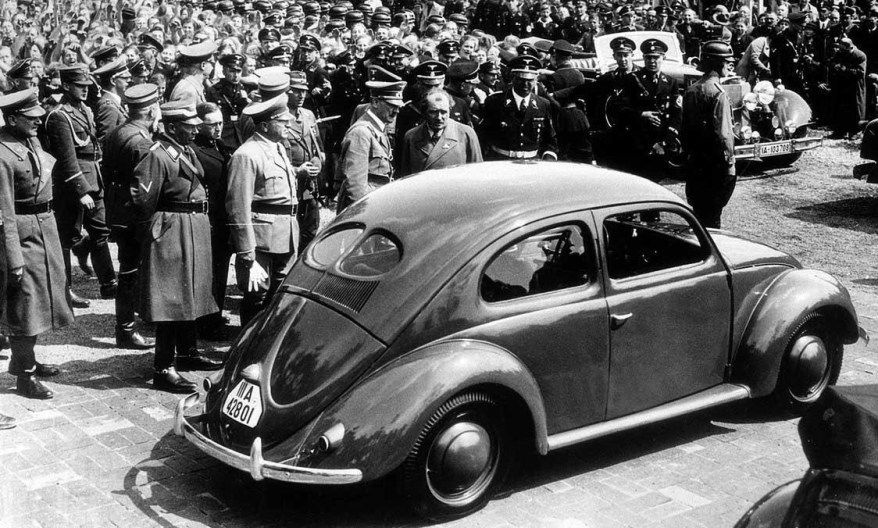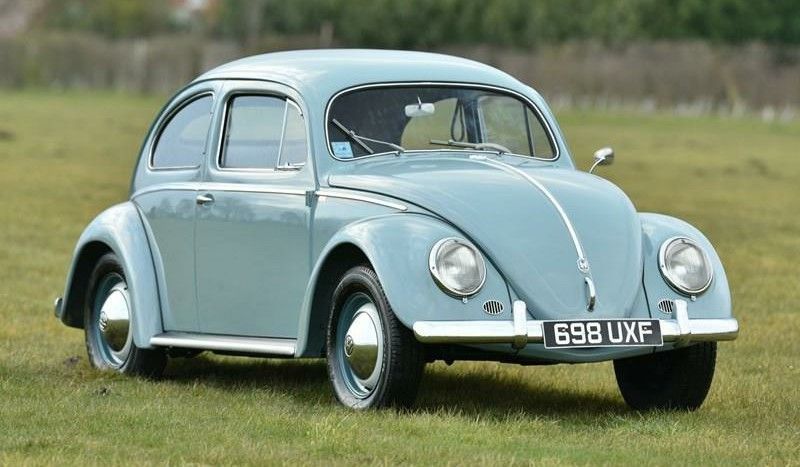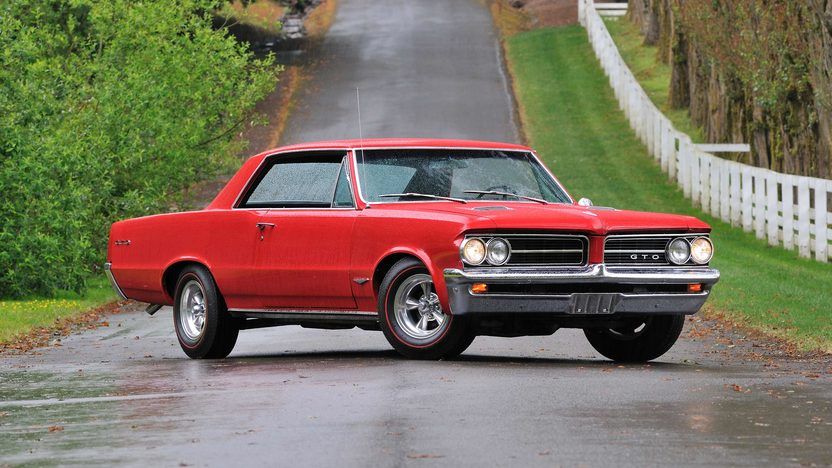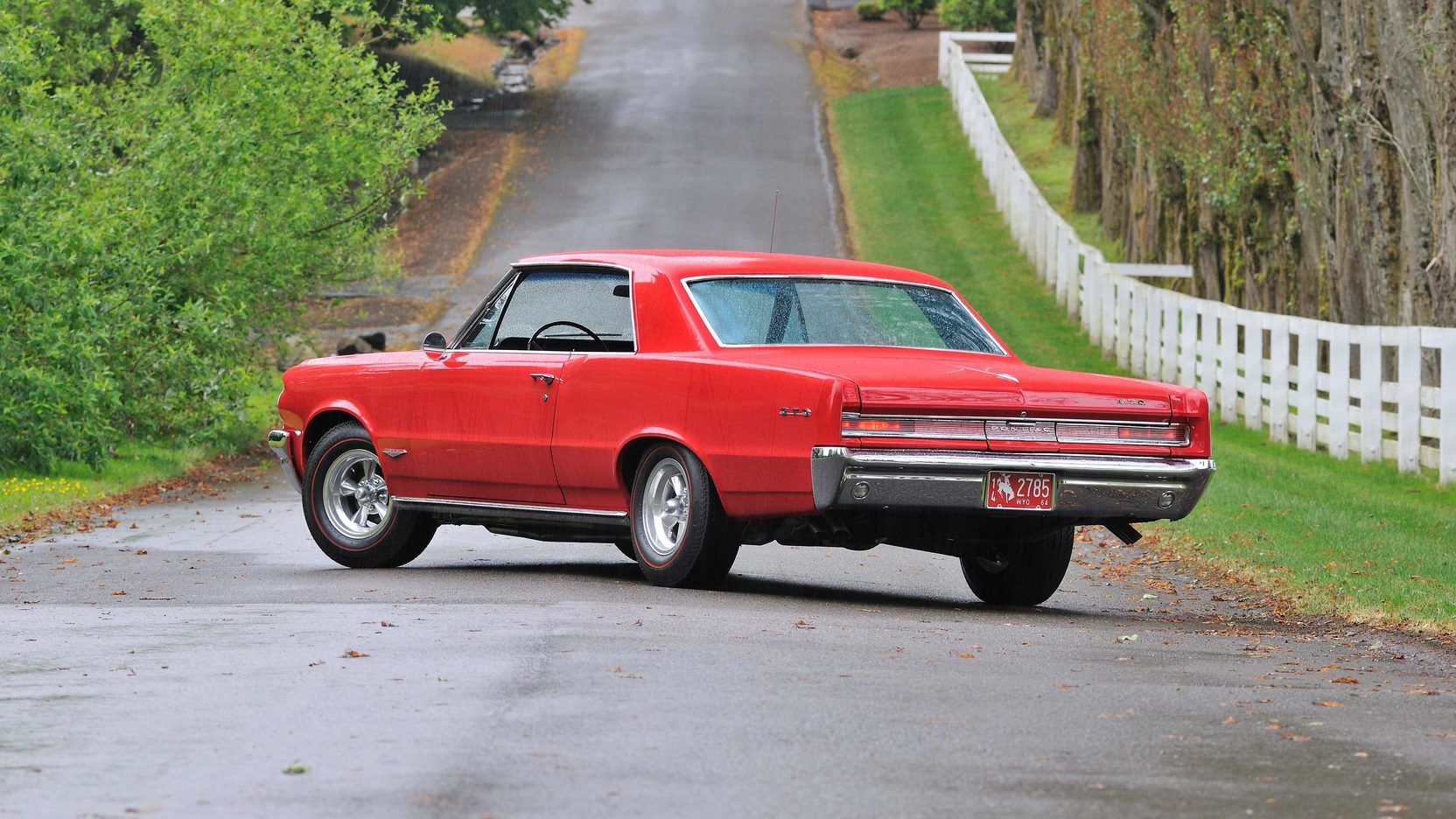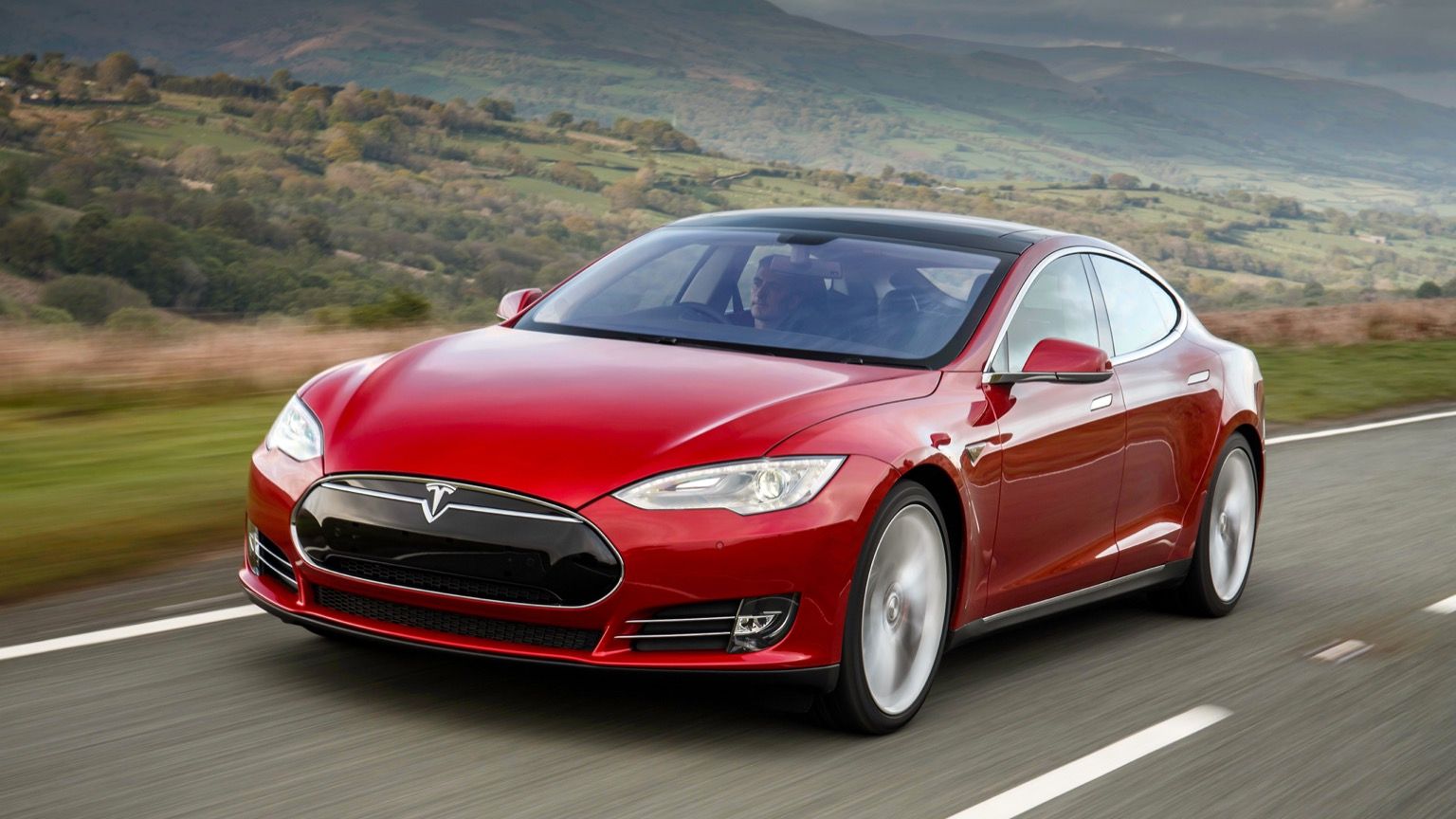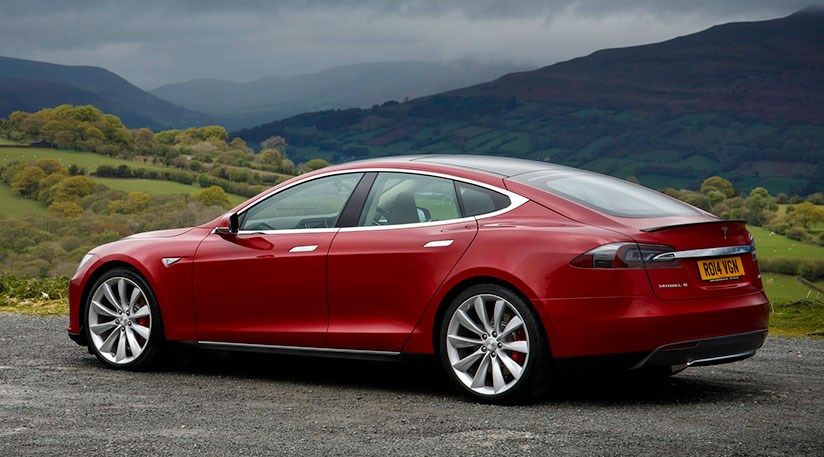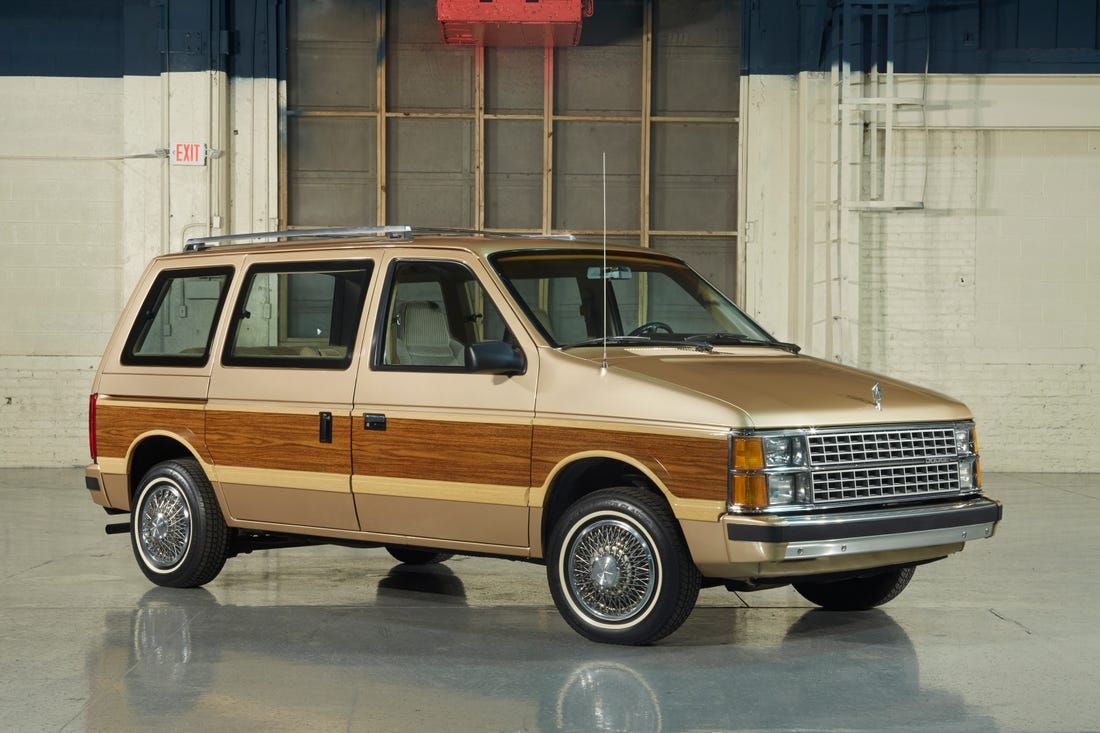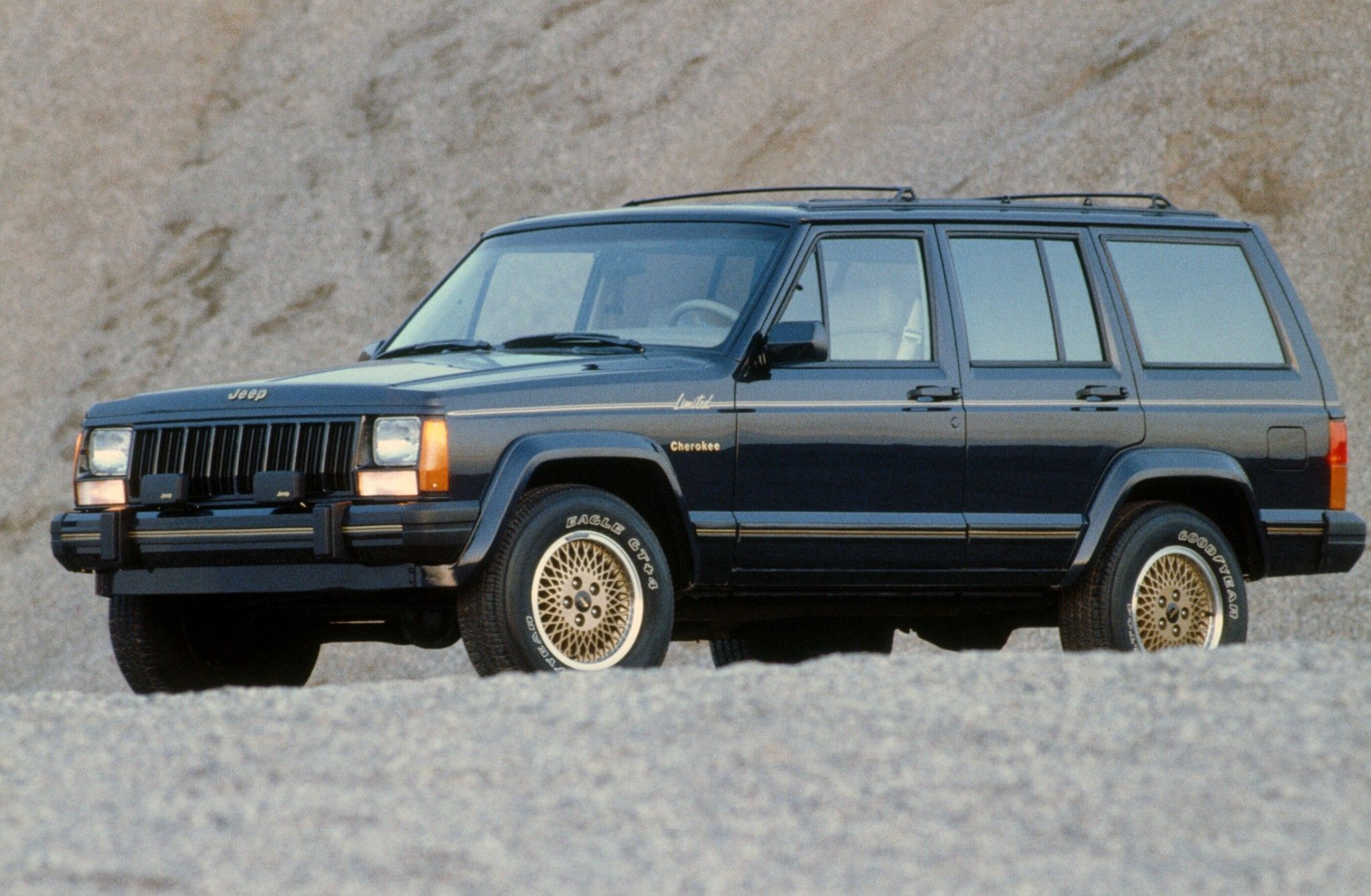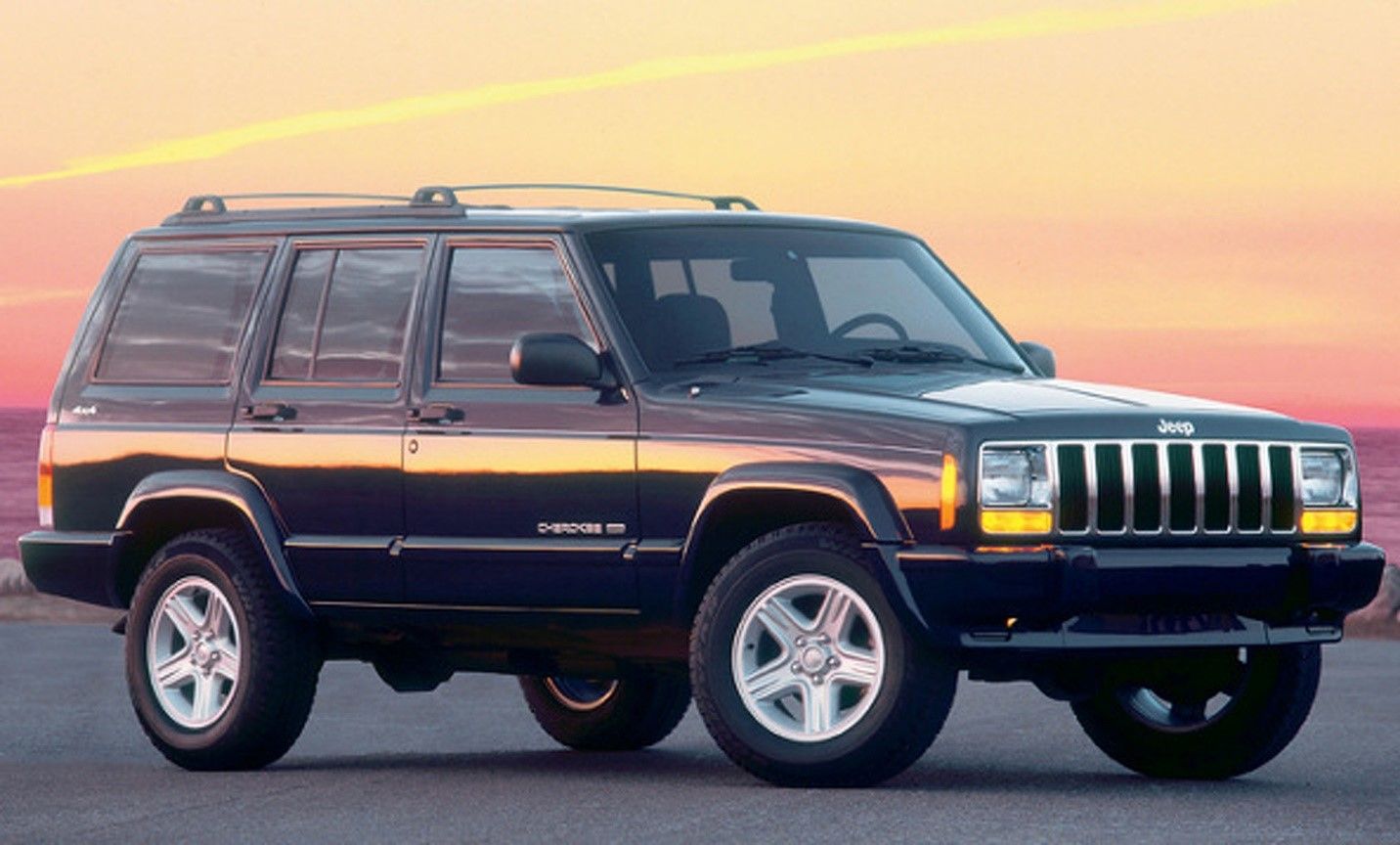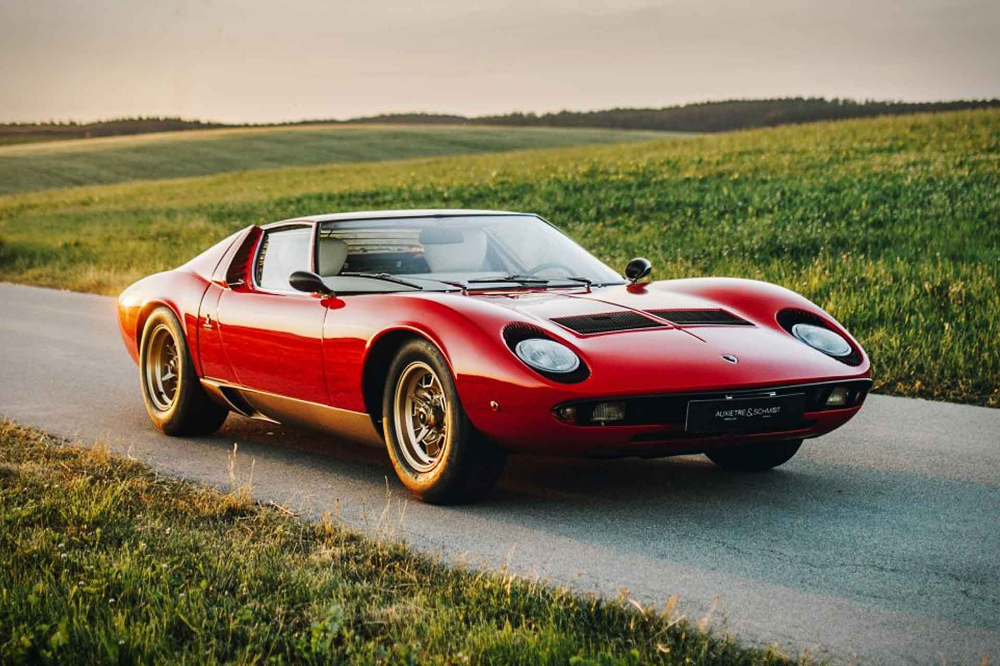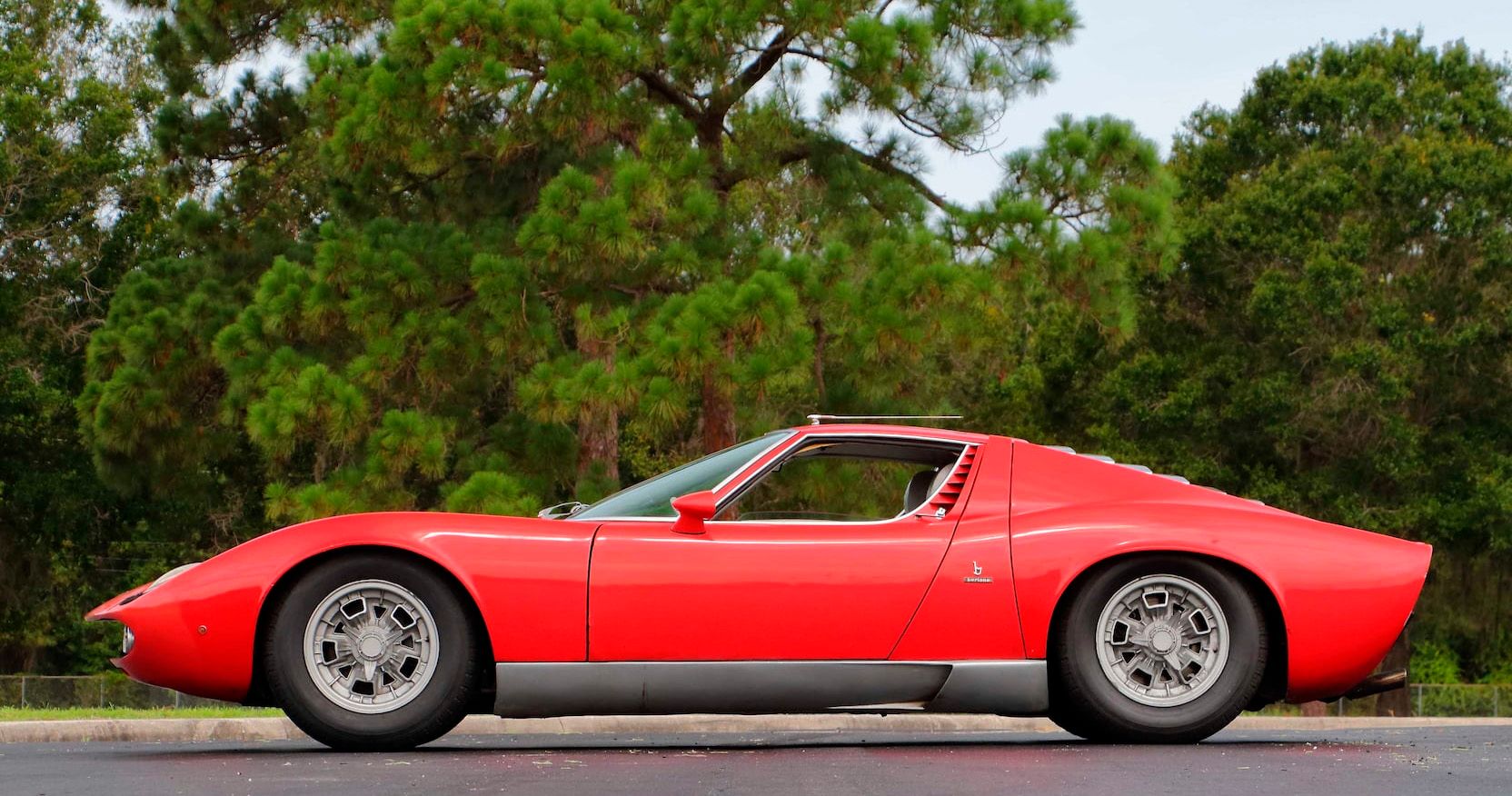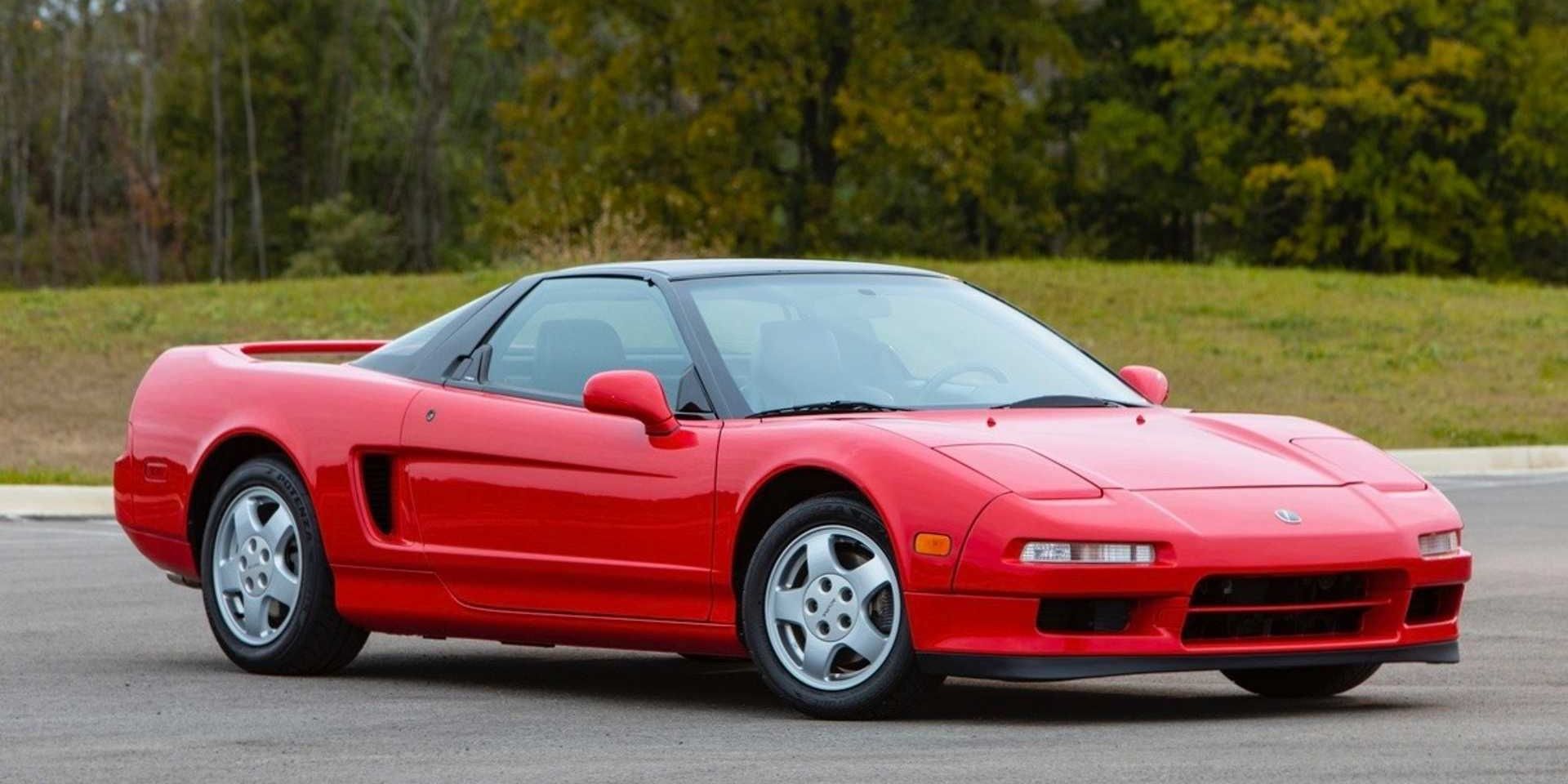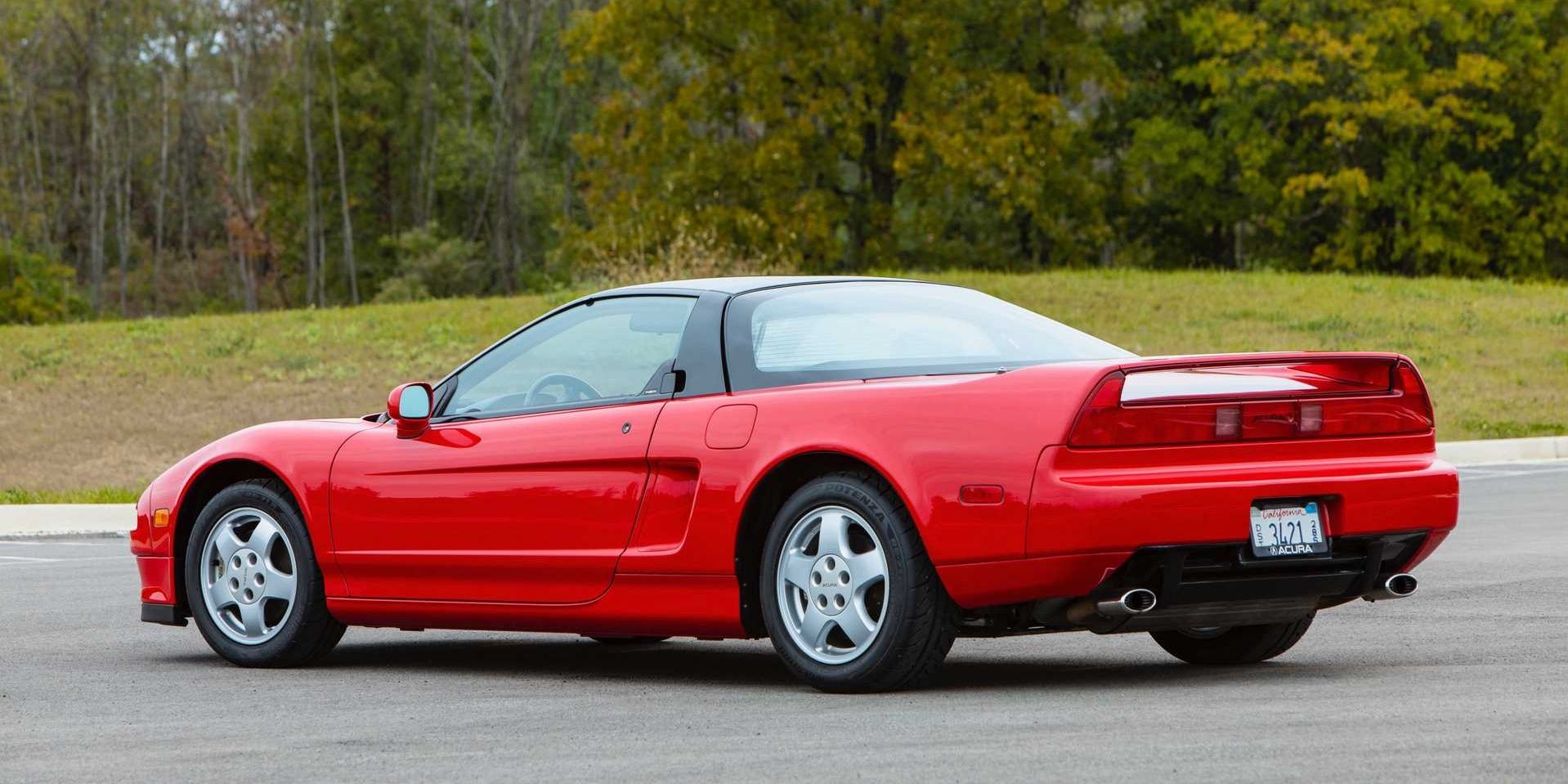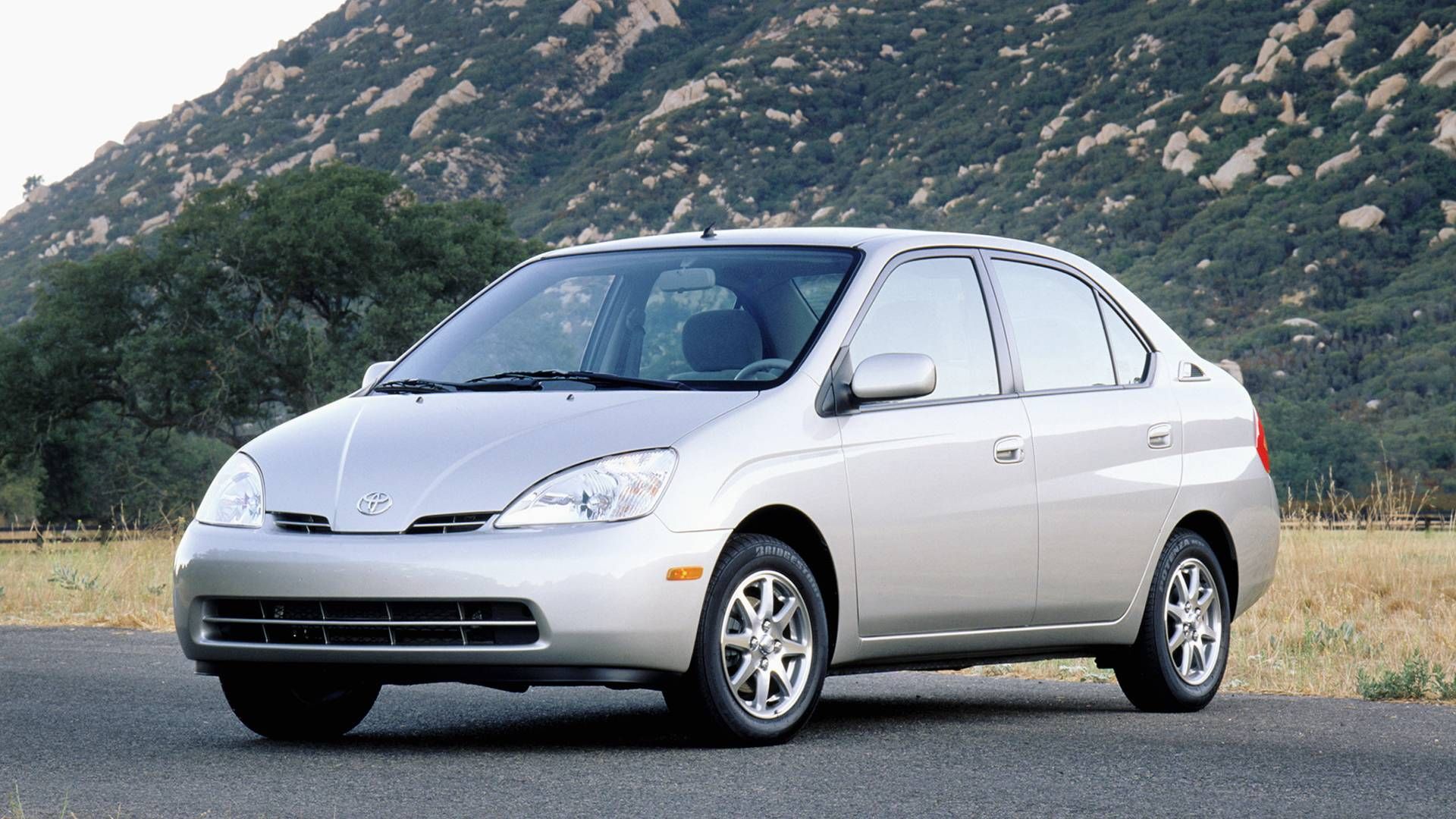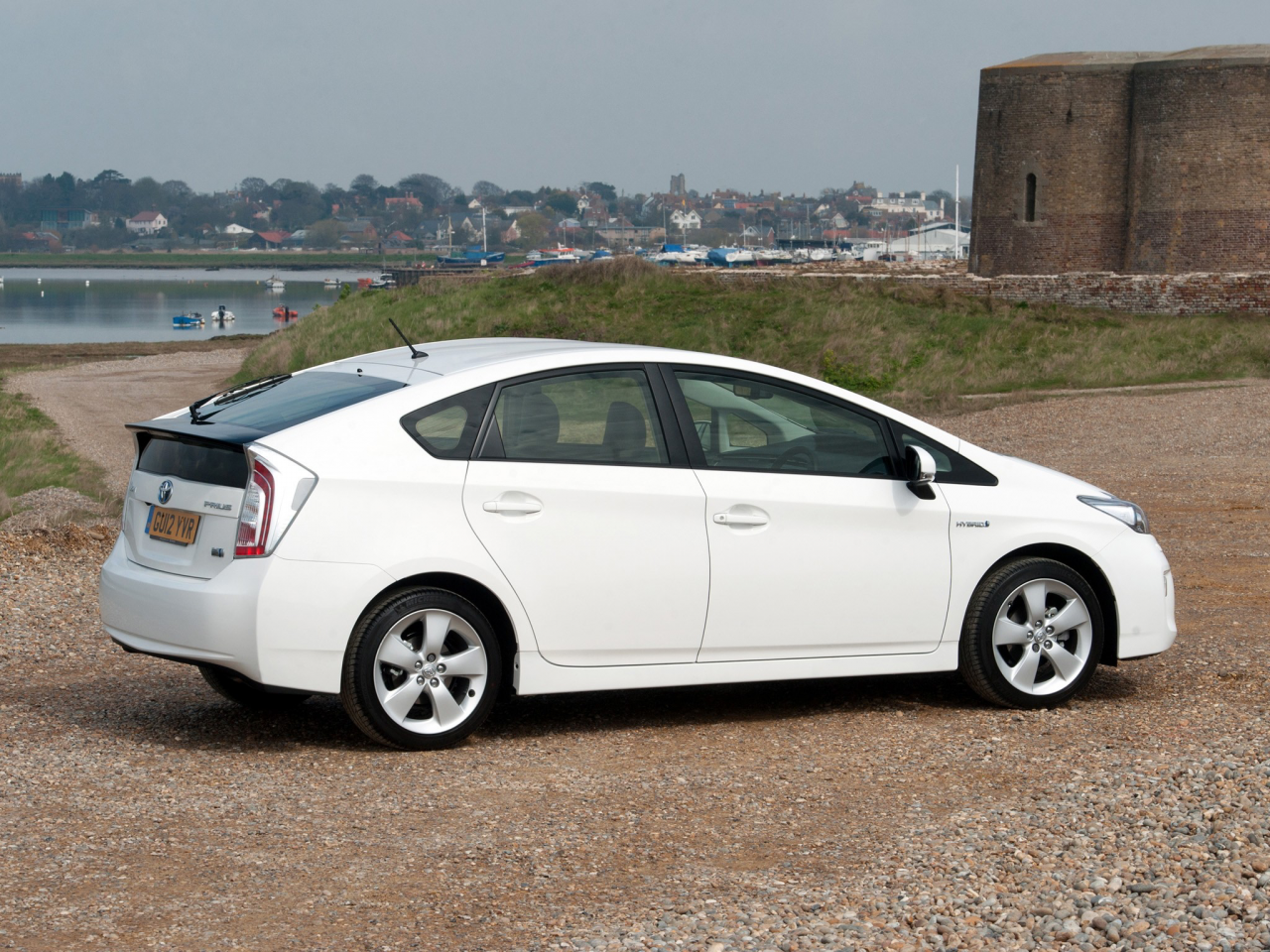The auto industry is an ever-changing entity. It can take years and millions of dollars to design, engineer, and build cars, which have become valuable machines that are integral to our daily lives.
Car manufacturers tend to follow current trends and design styles set forward by other manufacturers. This approach to vehicle designs is both easier and safer to follow instead of embarking on an entirely unproven one without a guarantee of success. Naturally then, successful cars that set these molds end up influencing not only how people view cars, but also the way other manufacturers respond and the trends they follow, which shapes the entire auto industry as a result.
As examples of this, the design formula these cars followed proved to be so influential, that they changed the very game of the car industry.
10 Ford Model T - Affordable, Mass-Produced Cars
No, the Ford Model T was not the first car, yet it was just as important to the industry. Without it, the market would not be the same that it is today.
While German engineer Karl Benz introduced the world to the first car in 1886, the average person simply couldn’t afford it. This was true in America as well, and Henry Ford set out to change that. Forming Ford Motor Company in 1903, Ford had made several models by the time the Model T was envisioned and used the designs and experience from them to design the Model T.
Introduced in 1908, the Ford Model T was revolutionary. With new assembly line techniques, Ford could produce them by the millions, and with such efficiency, they were actually affordable for the average American. Produced until 1927, 15 million Model Ts rolled off Ford's assembly line and changed the way people thought about cars.
9 REO Speedwagon - Pickup Trucks
While credit is often given to the Model T, the REO Speed-Wagon can be considered the first true pickup truck and was a revolutionary vehicle that is mostly remembered today as the name of a rock band.
While the Ford Model T's pickup variant, the Model TT, was introduced in 1917, the REO Speedwagon came two years before. A brand founded by Ransom Eli Olds (REO), who was also responsible for Oldsmobile's creation, REO initially made cars as well but began focusing solely on trucks after the Speedwagon took off.
At the time, there were two options for a motor vehicle: a smaller road car that was easier to drive or a bigger practical truck. While smaller pickup style trucks existed before, the Speedwagon was the first to offer a car experience with a truck bed, immediately gaining it much popularity that lasted through the Great Depression. A style that continues to be popular 105 years after its debut, the mostly forgotten REO Speedwagon is credited with helping bring what we know as the modern pickup truck to life.
8 Volkswagen Beetle - "People's Cars"
Making a car that anyone can afford is not as much of a popular notion today. However, the idea resonated with car buyers in Europe after WWII when people had less money.
Formed as a state-owned company under Germany's then Nazi government, Volkswagen—German for "people's car"—emerged in 1937, and released the Beetle in 1938. Designed by Ferdinand Porsche, the small-sized Beetle's formula was that it could fit a family inside, carry their belongings, and most importantly be affordable for as many people as possible.
Britain followed suit and designed the Morris Minor (the basis for the iconic Mini) in 1941; in France, the Citroen 2CV brought the idea to farmers in 1948. In later decades too, the Italian Fiat 500, the Soviet ZAZ 965, the East German Trabant, and the modern Tata Nano from India all followed the influence of the "people's car" formula that the Beetle set forth.
7 Pontiac GTO - Muscle Cars
While the Oldsmobile Rocket 88 was the first car to set the muscle car formula forth mechanically, its overall design wouldn't be the mold later muscle cars would follow; that honor goes to the Pontiac GTO, a car that sparked a war for power in Detroit.
Based on the Pontiac Tempest, the GTO was something of a defiant project within GM that blatantly ignored the imposed 330 cu-in engine size limits for midsize cars at the time. Under John DeLorean's leadership, a powerful 389 cu-in V8 from the full-size line of Pontiacs was shoved into the smaller, lighter Tempest. Thus, the GTO was born in 1964.
Capable of laying down up to 348 hp, the first GTO was an instant hit and led a successful life as Pontiac's muscle car king up until the early '70s. The GTO's success didn't just influence Pontiac however, as the rest of the Big Three followed suit making muscle cars with the same midsize formula, which kicked off a muscle war that would rage through the '60s.
6 Tesla Model S - Competitive Electric Cars
Make no mistake, the Tesla Model S wasn't even close to being the first electric car, as the type originated over 100 years ago. However, with most examples leading up to it being compromise-filled boxes that offered a rather dull and unpleasant experience, the Model S changed the very way people looked at EVs, turning them into a desirable type of vehicle that is genuinely competitive in the market today.
Previously associated with strange little machines such as the Sebring Vanguard CitiCar, or unsuccessful experiments like the GM EV1, the Tesla Model S' 2012 debut shocked the world. No longer did an EV have to sacrifice features, style, comfort, and practicality that every ICE car would have, and now instead had many that left gasoline-powered cars envious. Stylish, practical, comfortable, and ludicrously fast, the Model S influenced the entire EV game essentially overnight, shaping it into the desired market segment we know today.
5 Dodge Caravan/Plymouth Voyager - Minivans
As boring and utility-focused of a vehicle as it may be, the Dodge Caravan had an incredible impact on the market, shifting the go-to vehicle for family-oriented transportation to the new minivan segment it formed.
First produced in 1983, the Dodge Caravan and its twin Plymouth brother, the Voyager, today seem like nothing all that special, but at the time were revolutionary vehicles that set an influential mold. While some similar designs preceded it, such as the Stout Scarab and VW Type 2, the Caravan and Voyager were the first true minivans.
Taking the overall shape and practicality of a full-size van as the name suggests, the concept for a minivan was to shrink it down and add a more car-like driving experience to the mix. Today, SUVs are taking away the minivan's market share as a family hauler but for several decades following the Caravan and Voyager's release, these types of vehicles were the prime choice—and all followed the formula the Caravan and Voyager set forth.
4 Jeep Cherokee (XJ) - Modern SUVs
Like other vehicles on this list, the Jeep Cherokee's XJ generation was not the first of its kind. SUVs had already existed for decades by the time the XJ Cherokee rolled around, but instead were given a new light with how the Cherokee was designed.
Introduced in 1984 as an update to the first generation Cherokee, the XJ generation brought several new things to the rugged, utility-focused SUV market. Combining a nicer interior than most SUVs of the time with comfortable and civilized road handling, as well as practicality and rugged off-road capabilities, the XJ Cherokee used a car-like unibody construction rather than the tough, but unrefined body-on-frame style so typical of SUVs that preceded it.
A smash hit for Jeep, almost 3 million XJ Cherokees were sold during its production run, influencing many competitors that used the same formula. Today, the concept of a comfortable SUV that handles more like a car is one of the hottest market segments around, a testament to how influential, and how ahead of its time the XJ Cherokee really was.
3 Lamborghini Miura - Supercars
The Miura was not the first mid-engine sports car—that honor goes to the mostly forgotten Matra Djet that preceded it by 4 years. However, the Miura is considered the first true supercar.
The story of Lamborghini's origins as a car maker is a legendary one: snubbed by Enzo Ferrari when complaining about faults in his Ferrari 250 GT, the Italian tractor maker set out to make his own sports cars. While his first car was an extraordinary vehicle, the Miura would make Lamborghini the legendary brand that it is today, and helped define the vehicles we know as supercars.
Designed by Bertone and first produced in 1966, the Miura absolutely stunned the world with its gorgeous flowing body design and brought serious performance too with a mid-mounted 350 hp V12 engine. What was so influential about the Miura was both of these things: having a focus on style, as well as having a powerful mid-mounted engine—a layout reserved for race cars at the time. The Miura's supercar formula would be validated seven years later in 1973 when Ferrari debuted their first mid-engine road car with the 365 GT/4 BB, kicking off the battle for supercar dominance.
2 Acura NSX - Reliable Supercars
While the supercar segment would originate with the Miura in 1966, and prove to be a dream-worthy type of vehicle, they mostly remained that—the stuff of dreams. Even if one could afford a supercar, driving one was another issue entirely.
While focusing on style and speed, one thing supercars had always neglected was comfortable and sensible ergonomics on the inside, as well as a driving experience that was both easy and reliable. Furthermore, the supercar was something that had no association with the Japanese auto industry; all of that would change, however, with the NSX.
First going on sale in 1990, the NSX was sold as an Acura in North America but as a Honda everywhere else. Despite the humble Honda badge though, the NSX was a true supercar with sleek looks, incredible handling, and a mid-engine RWD layout. While its 270 hp may not sound all that incredible, the car was fairly light and extremely well balanced, with handling tested by F1 legend Ayrton Senna, with improvements made based on his advice.
Most importantly though, the original NSX was reliable, sensible in its interior design, and far more pleasant to drive normally. The NSX changed the way people looked at these exotic performance machines. Thanks to the NSX, supercars today are far from the impossibly difficult and unreliable beasts they once were.
1 Toyota Prius - Hybrid Efficiency
Hate on it all you want, but it's hard to deny that the yawn-inducing Toyota Prius stands out as one of the most influential vehicles of the modern car industry, shaping several trends that continue today.
Introduced in 1997 with the tagline "Just in time for the 21st century," the Prius had been in development for years as a vehicle that could lead the way forward with groundbreaking efficiency and technology. That's exactly what it did too, reaching mostly unheard of fuel economy numbers with its hybrid-electric drivetrain. Initially a slow seller, the Prius flew out of dealerships by the hundreds of thousands by 2005 and is an icon of hybrid cars today.
While its rather boring design wasn't a huge influence, the fact that it was the first mass-produced hybrid car was. Today, most major manufacturers offer either dedicated hybrid models or hybrid versions of their normal cars. Even hybrid-electric power is taking over supercars as the ultimate way to push performance to its limits.

